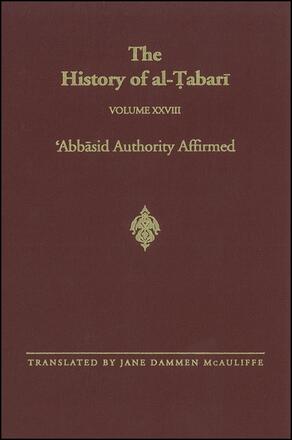
The History of al-Ṭabarī Vol. 28
'Abbasid Authority Affirmed: The Early Years of al-Manṣūr A.D. 753-763/A.H. 136-145
Alternative formats available from:
Description
The initial years (126-145) of al-Manṣūr's reign presented several significant challenges to nascent ʿAbbāsid hegemony, and the resulting confrontations constitute the central focus of this section of Ṭabarī's Tarikh. After Abu Jafar succeeded his brother Abū Al-ʿabbās as caliph, the second of the ʿAbbāsid dynasty, he moved against his recalcitrant uncle, ʿAbd Allāh ibn ʿAlī, and against the potential threat that he perceived in the person of the commander in Khurasan, Abu Muslim. Eliminating the latter and containing the former freed the caliph to address a series of other onslaughts and insurrections.
Starting with the year 144, however, Ṭabarī turned to this volume's principal preoccupation, to which half of the book is devoted. Judging by the attention given to it, he clearly perceived the Hasanid rebellions of Muhammad b. Abdallah (the Pure Soul) and of his brother Ibrahim to be the most substantial attack on Abbasid authority to arise in the first years of that dynasty. Ṭabarī's description of the prolonged search for Muhammad and Ibrahim and of the caliphal vengeance visited upon their father and family provides an extended prelude to the vivid battle and death scenes in Medina and Bakhamra. Yet, elaboration of these events does not eclipse mention of all other Abbasid activity. To bridge the account of Muhammad's defeat and that of Ibrahim's uprising, Ṭabarī inserted a narrative interlude depicting the site selection and preliminary construction of al-Manṣūr's most celebrated achievement, the City of Peace, Baghdad.